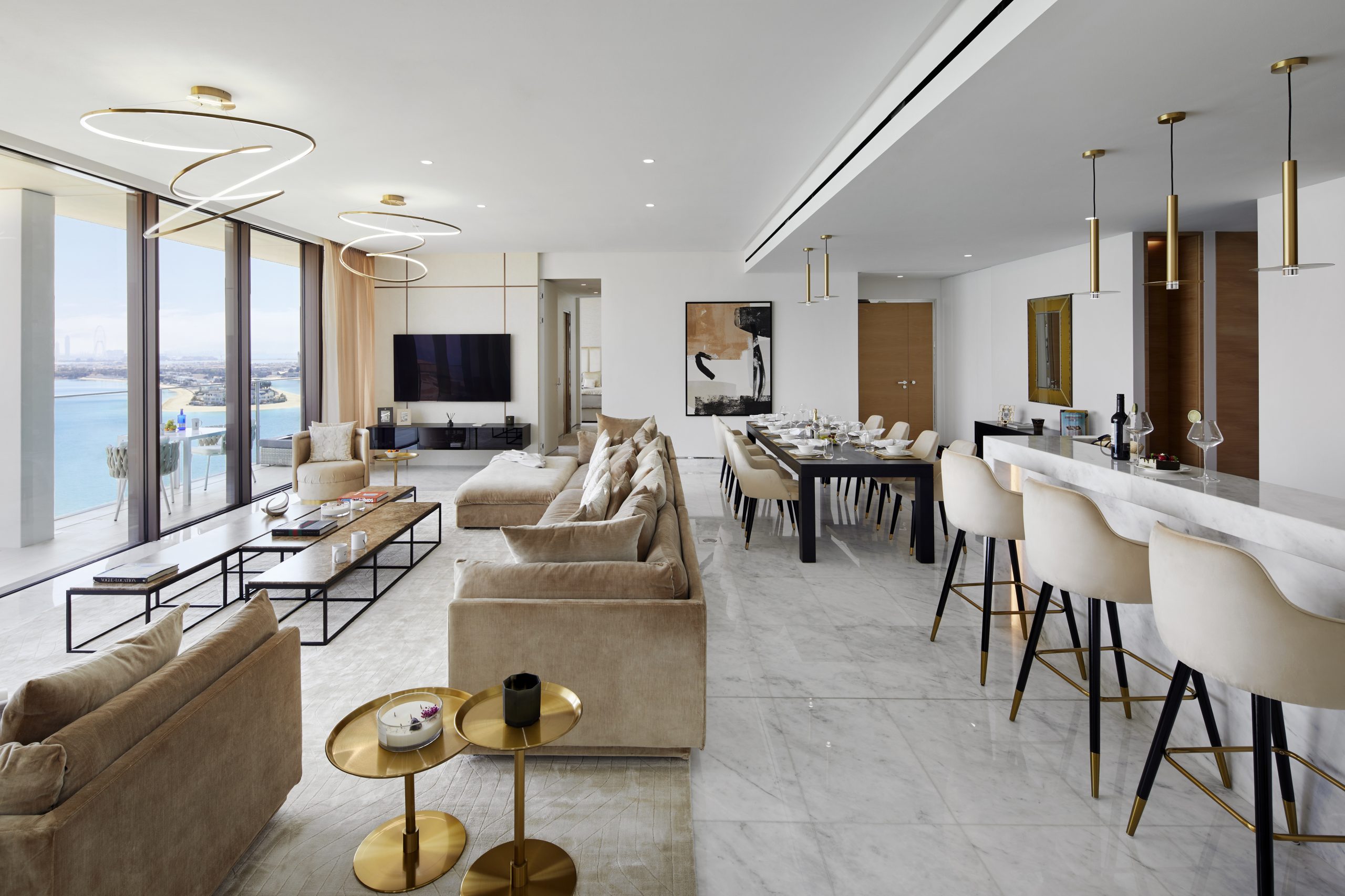Establishing your own interior design company is an exciting venture that requires careful planning and strategic execution. From defining your brand identity to navigating legalities and building a client base, the process of establishing an interior design company involves a series of crucial steps that pave the way for a successful business.
Define your niche and brand identity:
Begin by identifying your niche within the vast field of interior design. Whether it’s residential, commercial, or specialized areas like eco-friendly design or historic restoration, clarifying your focus helps define your target market. Develop a strong brand identity that reflects your design philosophy and sets you apart in a competitive market.
Create a business plan:
A well-crafted business plan serves as your roadmap to success. Outline your company’s mission, vision, target audience, and unique selling propositions. Include financial projections, marketing strategies, and an analysis of potential risks. A solid business plan not only guides your efforts but also serves as a valuable tool when seeking financing or investors.
Legal considerations and business structure:
Navigate the legal aspects of setting up a business, including registering your company name, obtaining necessary licenses, and understanding local regulations. Choose a suitable business structure, such as sole proprietorship, partnership, or LLC, considering factors like liability, taxation, and management flexibility.
Build a robust online presence:
In the digital age, a robust online presence is imperative for business success. Create a professional website showcasing your portfolio, services, and contact information. Utilize social media platforms to engage with potential clients and showcase your design expertise. Establishing a strong online presence not only enhances your credibility but also expands your reach to a broader audience.
Network and collaborate:
Building a network within the industry is key to gaining exposure and securing clients. Attend industry events, join professional associations, and connect with other designers, architects, and suppliers. Collaborating with professionals in related fields can open doors to new opportunities and broadens the scope of your services.
Develop a comprehensive portfolio:
A compelling portfolio is your visual resume and a powerful marketing tool. Showcase a diverse range of projects, highlighting your design aesthetic, creativity, and versatility. Regularly update your portfolio to reflect your evolving skills and keep it readily available for potential clients to review.



